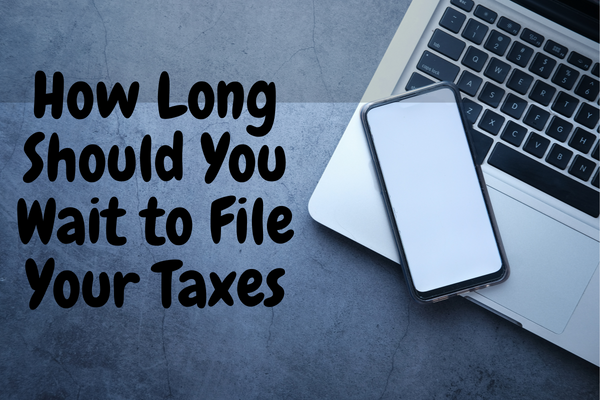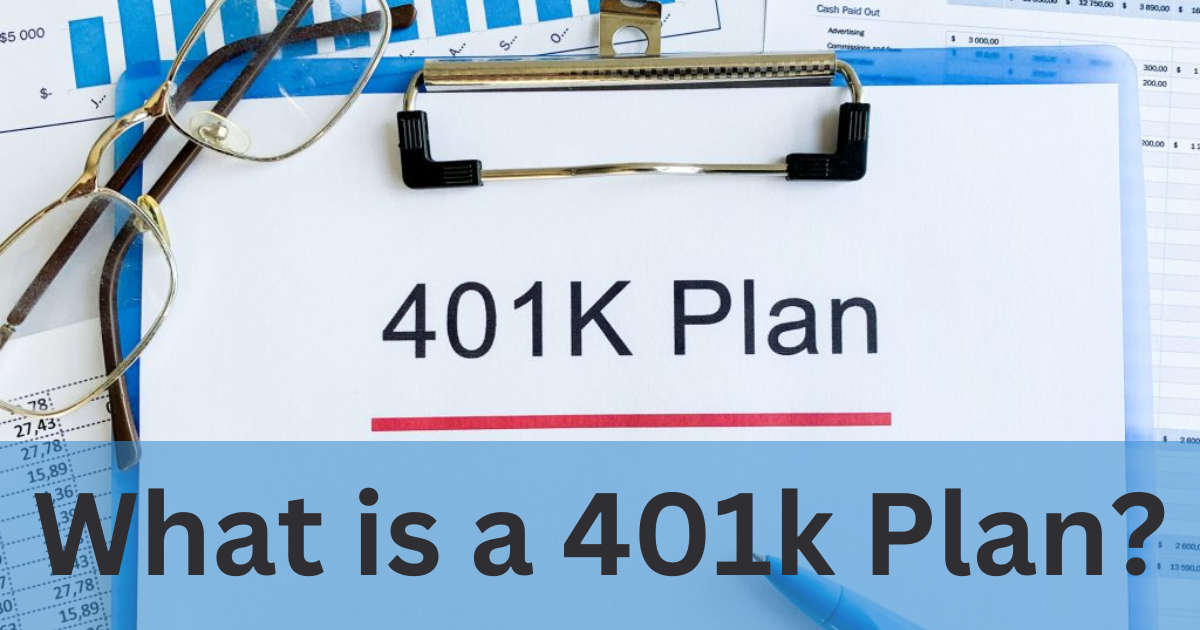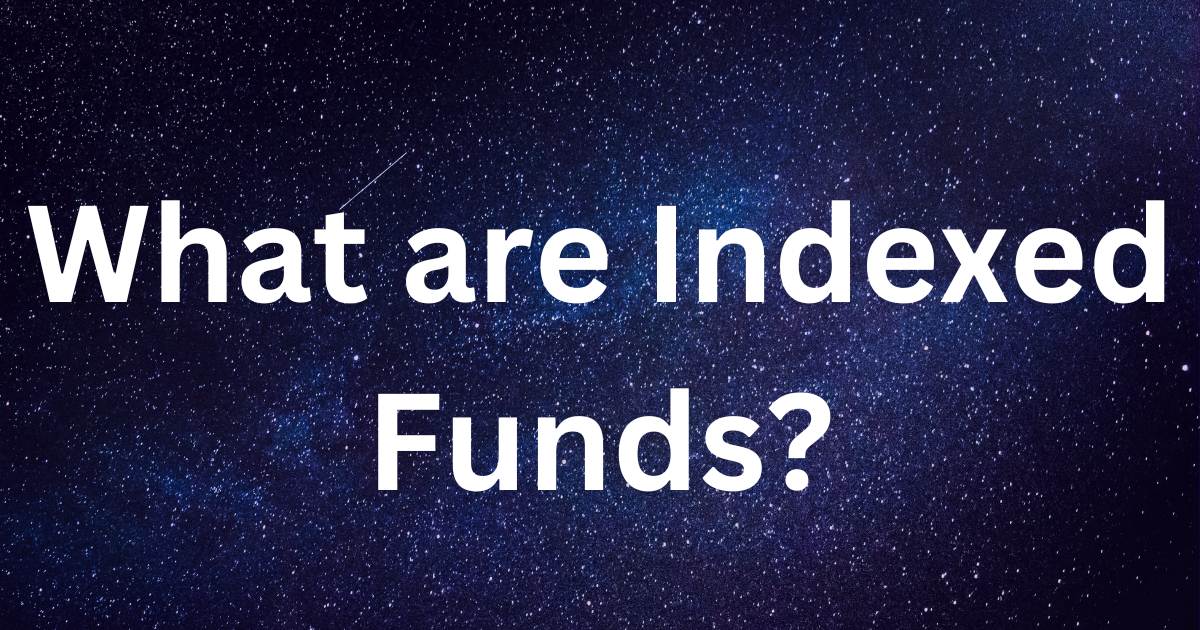It’s tax time again! While you probably hear experts telling you to file your taxes as soon as you can, does it mean it is always the best and wisest choice? Believe it or not, depending on your unique situation, you might benefit more if wait to ensure the accuracy of your return. How long should you wait to file your taxes, then?
When Should You File Your Taxes?
Millions of Americans have their tax returns filed to report to the federal government their taxable income and reconcile the tax bill every year. Most of the filed returns in 2019 resulted in almost $2,900 in tax refunds.
Since you own the money that doesn’t accrue interest, it’s financially sensible to file your taxes sooner than later to have this money in your pocket.
For most people, however, your best option is to file your taxes early or as soon as you can at the least. Doing so can offer the following perks:
-
- The IRS might process your tax return as well as agree on the tax liability much sooner.
- You will also know sooner if you owe anything, giving you some time to save up money.
- You can evaluate if you have to file an amended tax return if there is an omission or error.
There are a few more considerations to make when deciding when you should file your taxes. These include:
-
- Revised 1099 Forms
- Tardy Schedule K-1s
- Retirement plan contribution limits
Should You Wait a Long Time Before Filing Your Taxes?
For simpler tax situations, you may be able to receive your refund much sooner if you file your tax early. This money will now belong to you and it doesn’t often incur any interest while it is under the monitoring and handling of the IRS.
When you file your taxes early, you can also:
-
- Save yourself from the need to file for an extension
- Gain enough time to save some cash for tax bills in case you have any. Remember that just because you file your tax returns early doesn’t necessarily mean that you also need to pay them at that very time as well. In general, you can pay for your owed taxes until the deadline for filing.
Many taxpayers today prepare their returns with just 1099s and W-2s. You need to mail everything by the end of January. Most of the time, you don’t have to wait until you file your return.
Once you discover that you have a revised 1099 Form after you file your return and there was a major change, you might need to file your amended tax return.
You might also have to wait to file at least until mid-March if you happen to have an ownership stake in a certain partnership or any other pass-through entity.
At the end of the day, filing your taxes shouldn’t be made early all the time. There are certain cases when waiting may benefit you more.










